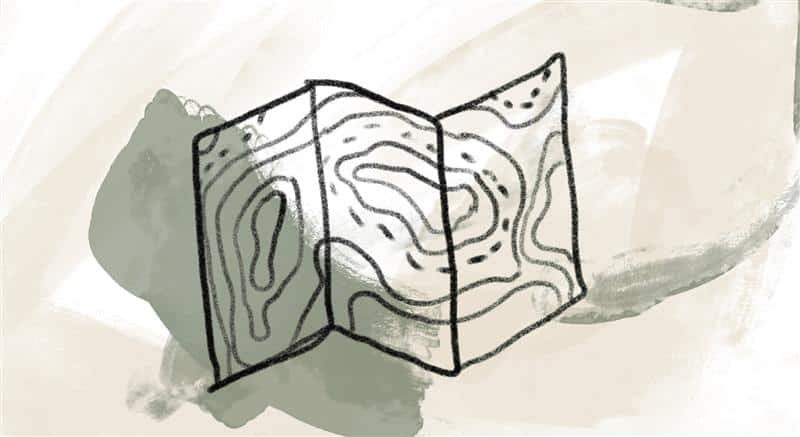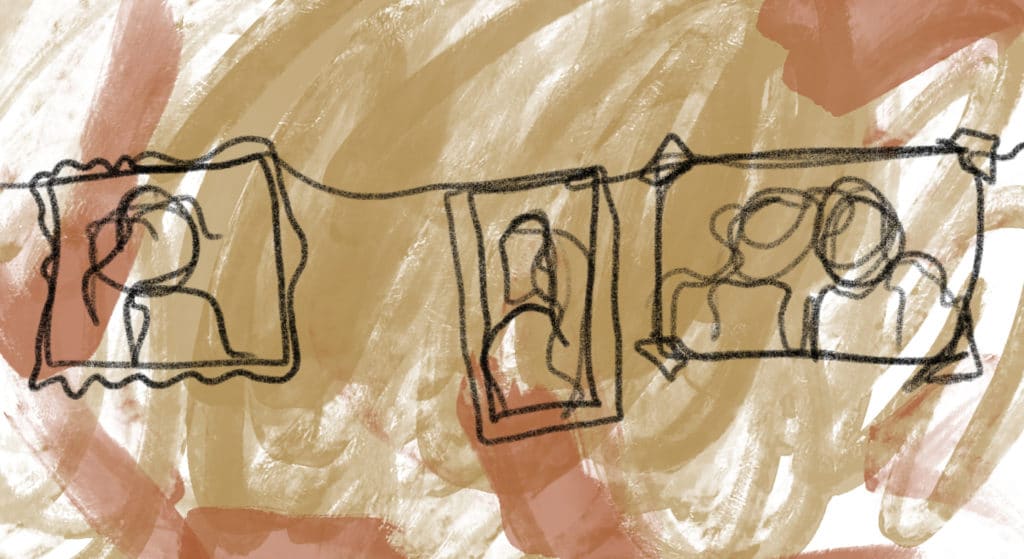
Episcopal Bishop and Choctaw citizen Steven Charleston walks a dual path of his Native American tradition and Christian faith. He draws on his Native tradition’s practice of the vision quest to interpret God’s activity through Jesus’ Incarnation.
The Incarnation is God’s vision quest.
That sentence is the most concise way to express the doctrine of the Incarnation from the Native American viewpoint.… From the perspective of Native American tradition, the idea that God would take human form to experience the vision quest makes sense. Jesus becomes one of the human family, the tribe of the human beings, in order to do the work of transformation that a quest is designed to do. For Native people, contact with God does not occur only in the abstractions of the mind, but in the everyday physical engagement of the body. The sweat lodge is physical. The vision quest is physical. The experience of God is physical. The Incarnation, therefore, is transformation made tangible.
The human quest is the risk of intimacy with God. It is going out to attempt to discover God and enter into communion with God. But without the Incarnation, that level of communion would remain as disembodied as relationships on the Internet. A message might be passed between us, a kind of cosmic photo of God shared on the digital screen of spirituality, but the flesh and blood intimacy of physical contact would elude us. God would remain a dream, not an experience. The graphic story of the gospels tells us how God lived through the quest. It allows us to enter into God’s own time of preparation. It lets us become among those friends who support God in this intention. It shows us how God does go out into “thin” places to seek a deeper reality. It describes what God sees and hears during the quest….
The New Testament is a vision quest story, an invitation to us to step into the vision quest of God. This quest is transformative.… It is the earth-bound story of a flesh and blood seeker who lives in the midst of the mundane, using what is at hand to turn the common into the extraordinary. The quest is not an escape, but a rooting into reality: a celebration of the everyday, the physical, the sensual, and the experiential.
For Charleston, both Native American and Christian traditions invite us to the dynamic inner experience of relating with God and growing in our humanity:
Because of God’s vision quest, our quests can take on a deeper dimension. We can follow the story of the incarnate seeker to focus our own search into an interior geography of faith that can bring us closer to our goal, intimacy with God. No matter where we are, we can step into the space once occupied by Jesus and find a real presence there to speak to us. God’s quest can transform us, not by lifting us out of ourselves but by grounding us into the joy and struggle of being human.
Reference:
Steven Charleston, The Four Vision Quests of Jesus (New York: Morehouse Publishing, 2015), 20–21.
Image credit: A path from one week to the next—Benjamin Yazza, Untitled 7. Jenna Keiper, Bisti Badlands. Benjamin Yazza, Untitled 6. Used with permission. Click here to enlarge image.
The landscape of our own lives informs how we understand Scripture and Tradition.
Story from Our Community:
About midway through my career in ministry, my church made decisions that caused a deep internal conflict within me. I contemplated a vocational change and severance with the community. In that moment, a dear friend introduced me to the writings of Fr. Richard and the work of the CAC. In addition to the immeasurable wisdom and love that leapt from the pages of his work, it was this concept of “creative tension” that Fr. Richard discussed that brought great solace and renewed vigor to my spiritual life and career. I was once fearful that my prayerful dissent with church teachings and the love for my faith could not live harmoniously with one another. I learned, rather, that these seemingly contradictory forces could work to create and re-create something new and beautiful. Thank you! —Patrick K.




